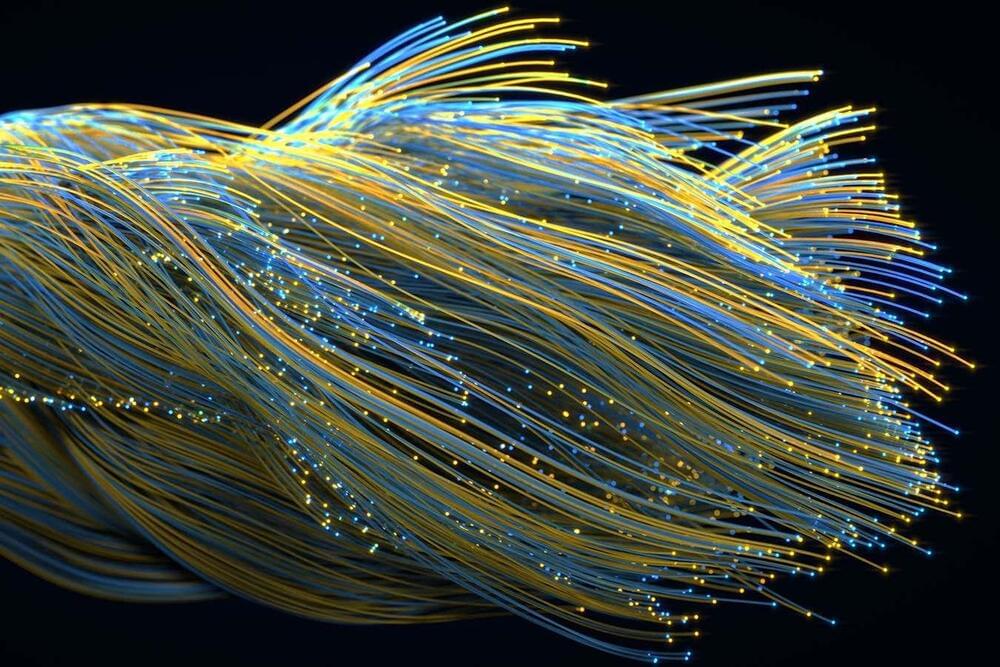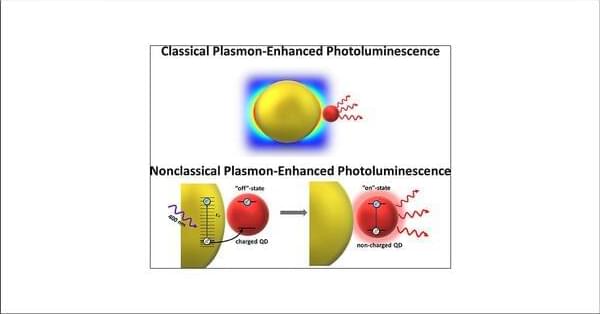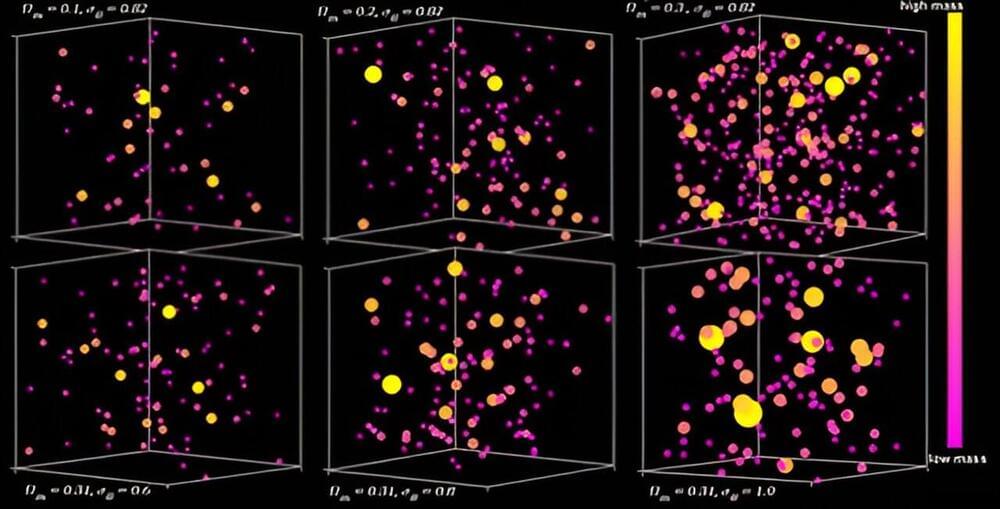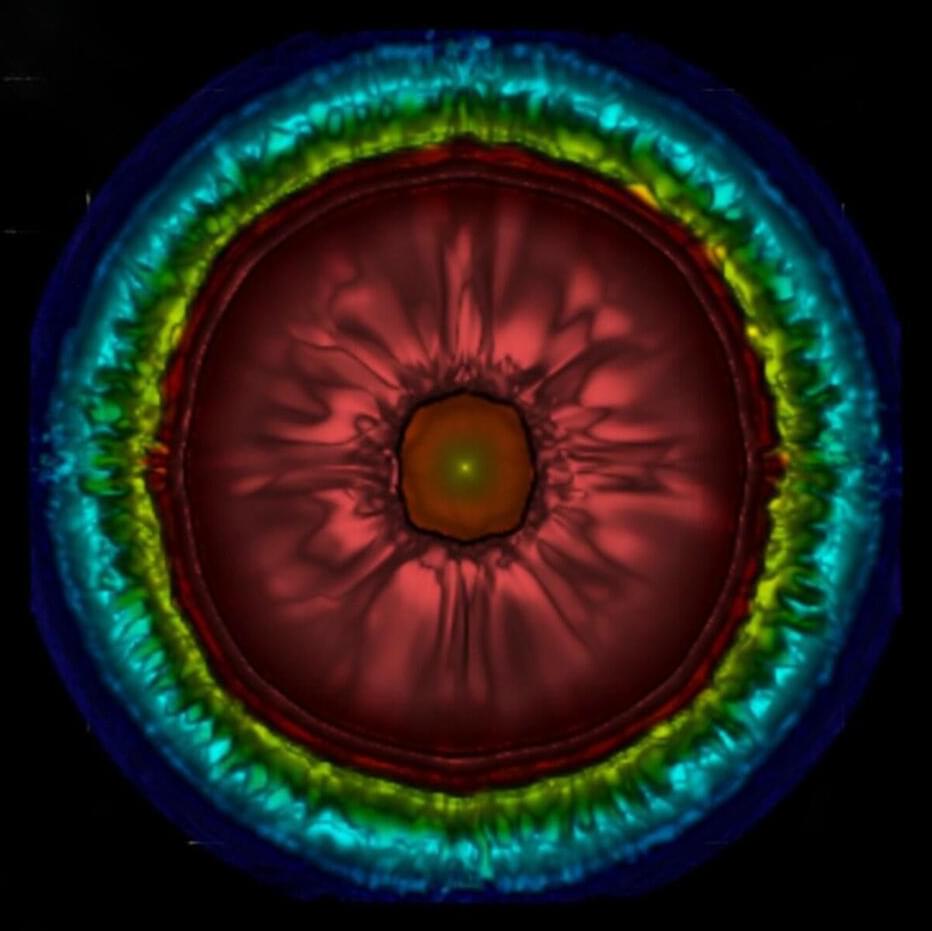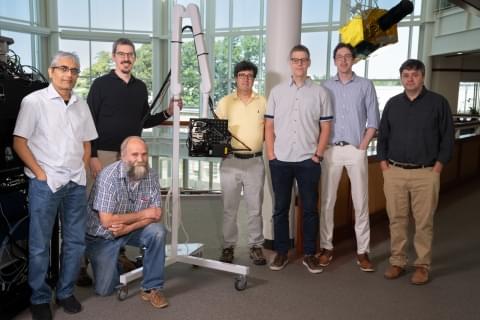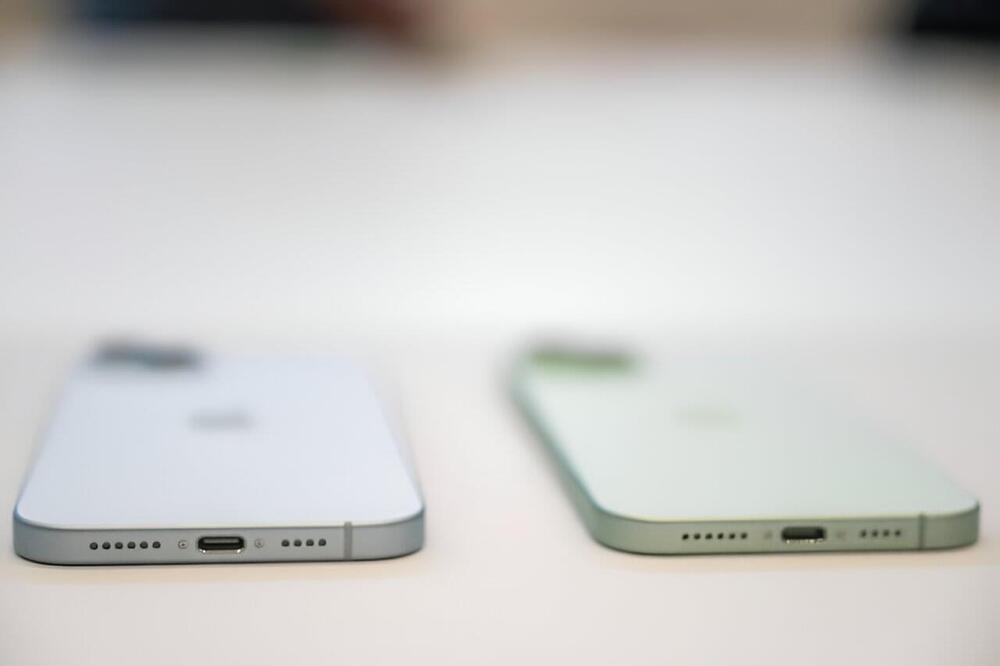The Sentinel system facilitates extended stays underwater, allowing scientists to reside at depths of up to 200 meters for as long as 28 days.
In a bold initiative, DEEP, a leading research organization, has announced plans to construct an underwater habitat open to the public by 2027. Named Sentinel, this modular subsea abode aims to revolutionize underwater living, research, and observation by providing scientists unprecedented access to the depths of the ocean.
The Sentinel system is designed to facilitate extended stays underwater, allowing scientists to reside at depths of up to 200 meters for as long as 28 days. This innovative habitat offers a unique opportunity for researchers to study… More.
Credits: DEEP



